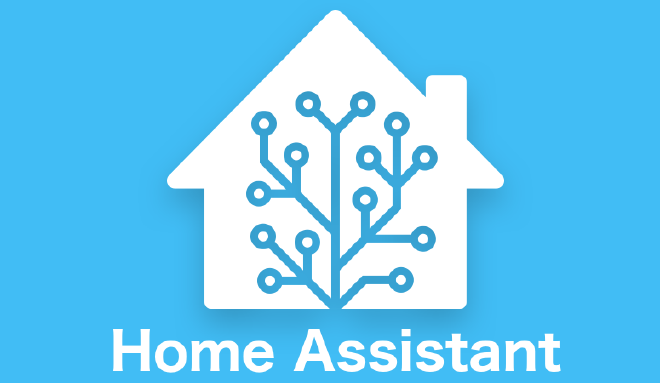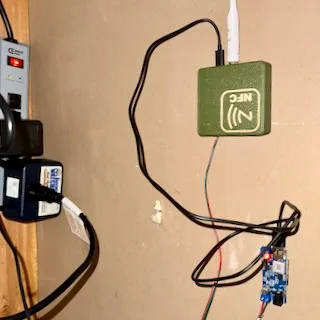Home Assistant Fun

I’ve been decreasing my reliance on proprietary software solutions and leaning into open source lately. I want more data sovereignty and less subscriptions. I also like my smart home features. Enter Home Assistant. Home Assistant is an open-source software package for controlling smart devices in your home. It’s a like a super “smart home hub.” With Home Assistant, I can integrate and automate smart devices from multiple vendors using a single interface. It lets me control and monitor all of our smart devices (lights, thermostats, security cameras, speakers, etc) - from one place. I can also create custom automation rules based on time of day, weather, sensor readings, or other triggers to do things that more closed platforms simply don’t allow. Because Home Assistant is open source and decentralized, we are not reliant on a single company’s servers or cloud services. Our data stays local and our fancy automations work even if the internet goes down.
Home assistant combines the “it just works” aspects of commercial packagers with the ability to get under the hood and make your own solutions. I had the chance to try that out recently. A couple of years ago, a major rainstorm left us without power and with a lot of rainwater in our basement. It turns out the battery backup sump pump installed by the previous homeowner had died without the courtesy of so much as a warning beep. To fix this, I installed a Basement Watchdog backup sump pump. It works fine, but I wanted some way to monitor its status. The wi-fi add on for it is $125 and relies on yet another remote computer. So I used $30 worth of electronic parts and repurposed a test print from my 3D printer as a project box to make a controller that monitors the alarm circuit output of the pump controller.

If you know me, you know the wire management is not up to my usual standards. This picture was taken before I policed up my wires.
The controller is an ESP32 microcontroller board that runs ESPHome software. ESPHome is like a mini operating system for ESP32 controllers. You load the software image, give it a config file specifying what sensors are wired to the controller, and it connects to Wi-Fi and exposes those sensors to Home Assistant. Like Home Assistant, it is ESPHome is open source. It gives you an easy way to build your own custom IoT devices with micro-controllers that cost less than $10 each and pair with dozens of easily sourced inexpensive sensors. It requires some soldering and some minor coding, but it is not hard to figure out. (You could always get a nerd friend to make one for you!)
The IoT device I crafted monitors the sump pump and has a temp/humidity sensor. I get push alerts to my iPhone if the backup pump kicks in and I can monitor the temp and humidity in the sump closet. As a bonus, the buck converter that powers the unit works off the backup pump battery. That means it still works when the power is out, which is the whole point of this exercise. (All of my network and computing gear are on UPS as well, so I can still get my notifications).
You don’t have to jump into the deep end to start using Home Assistant. If any of this sounds intriguing, I encourage you to give it a try. It doesn’t take much to get started using Home Assistant and begin taking control of your smart home devices.